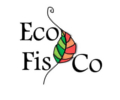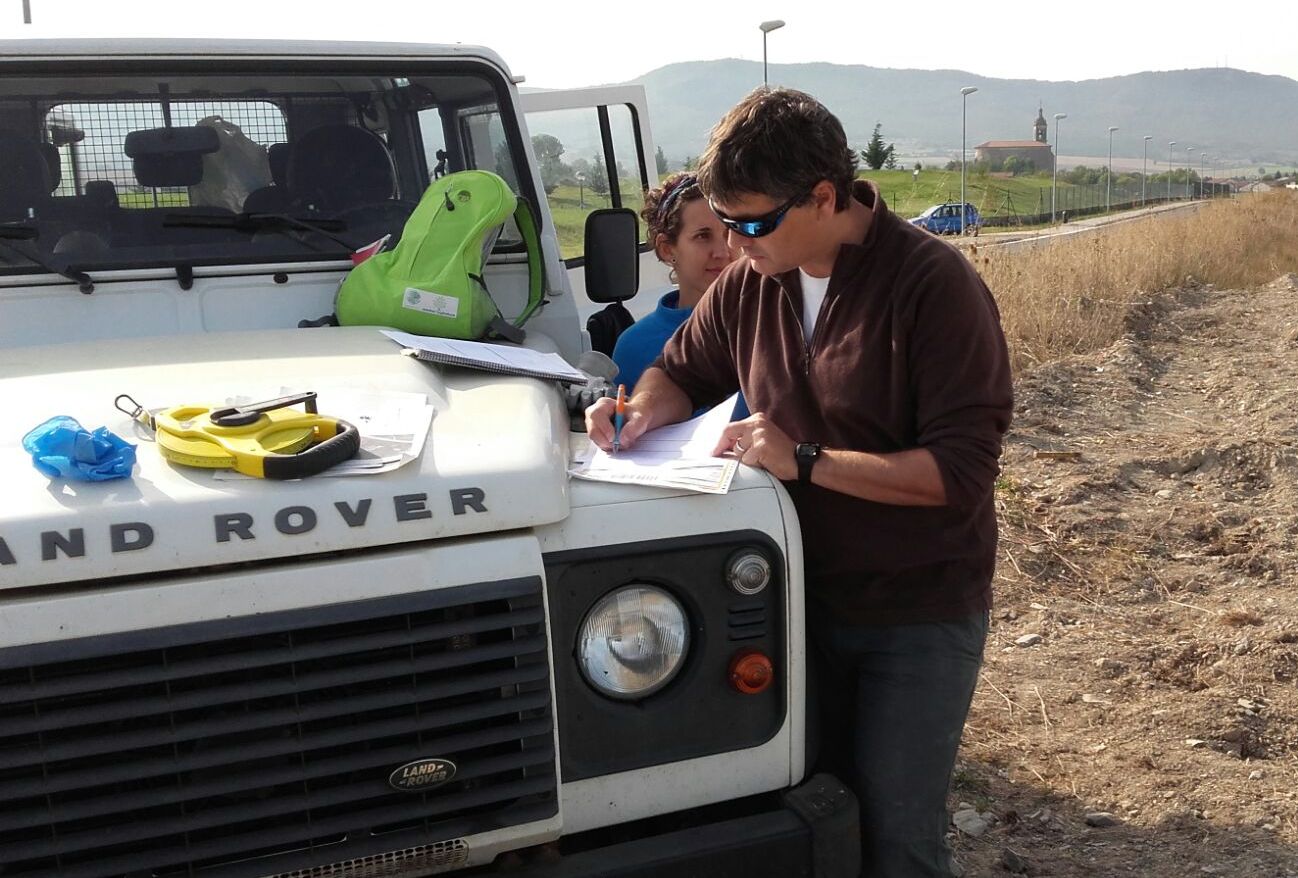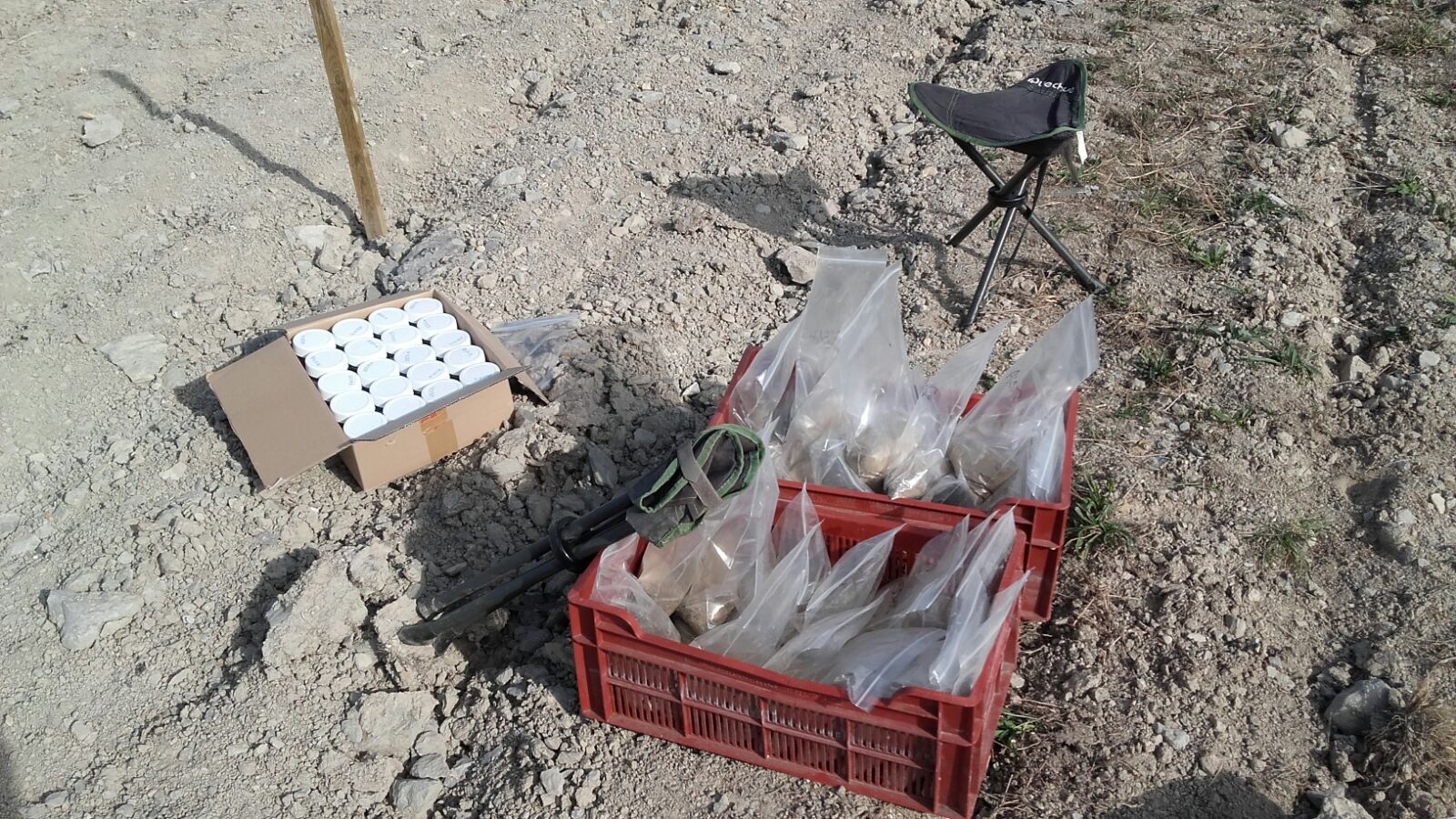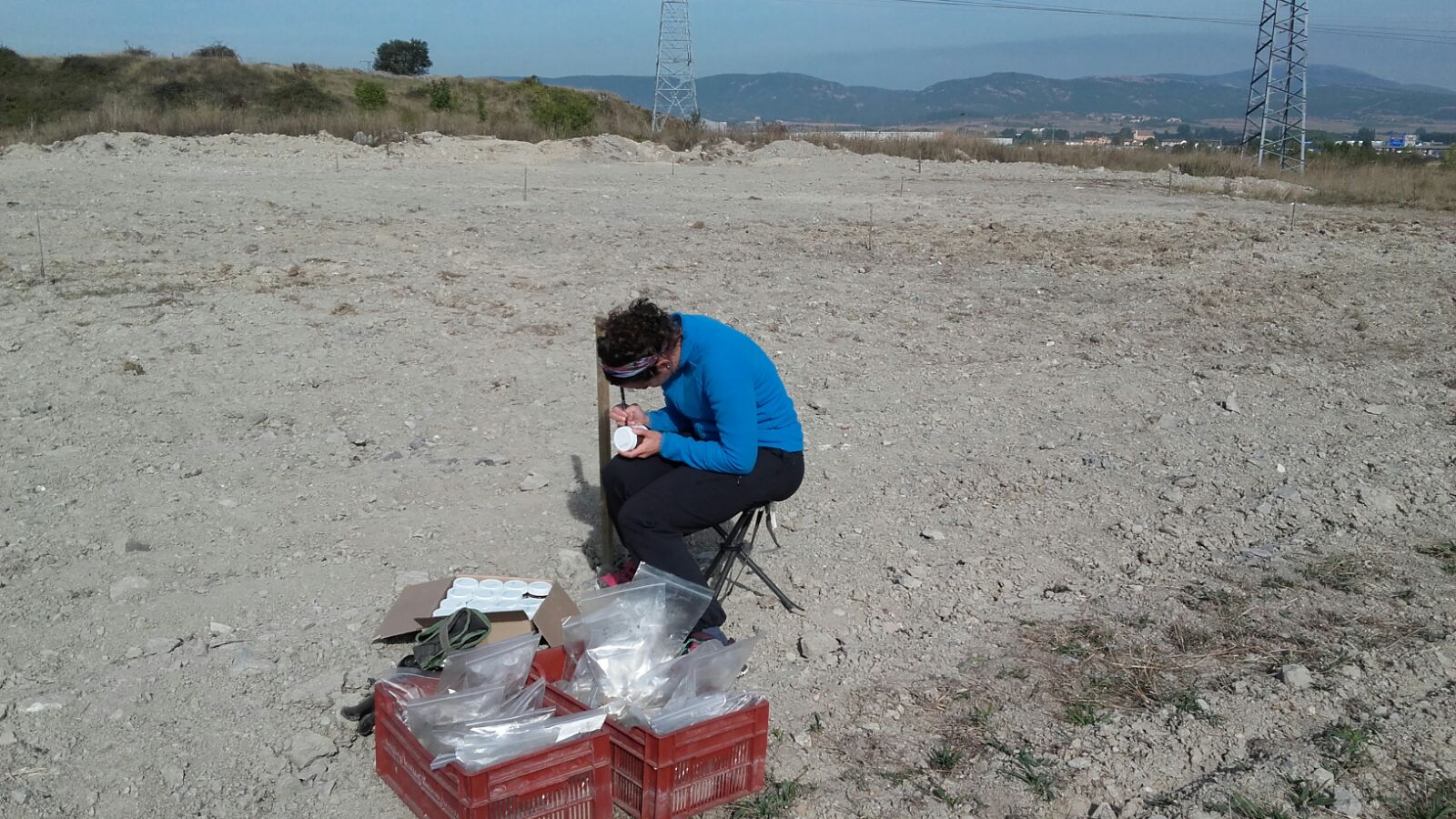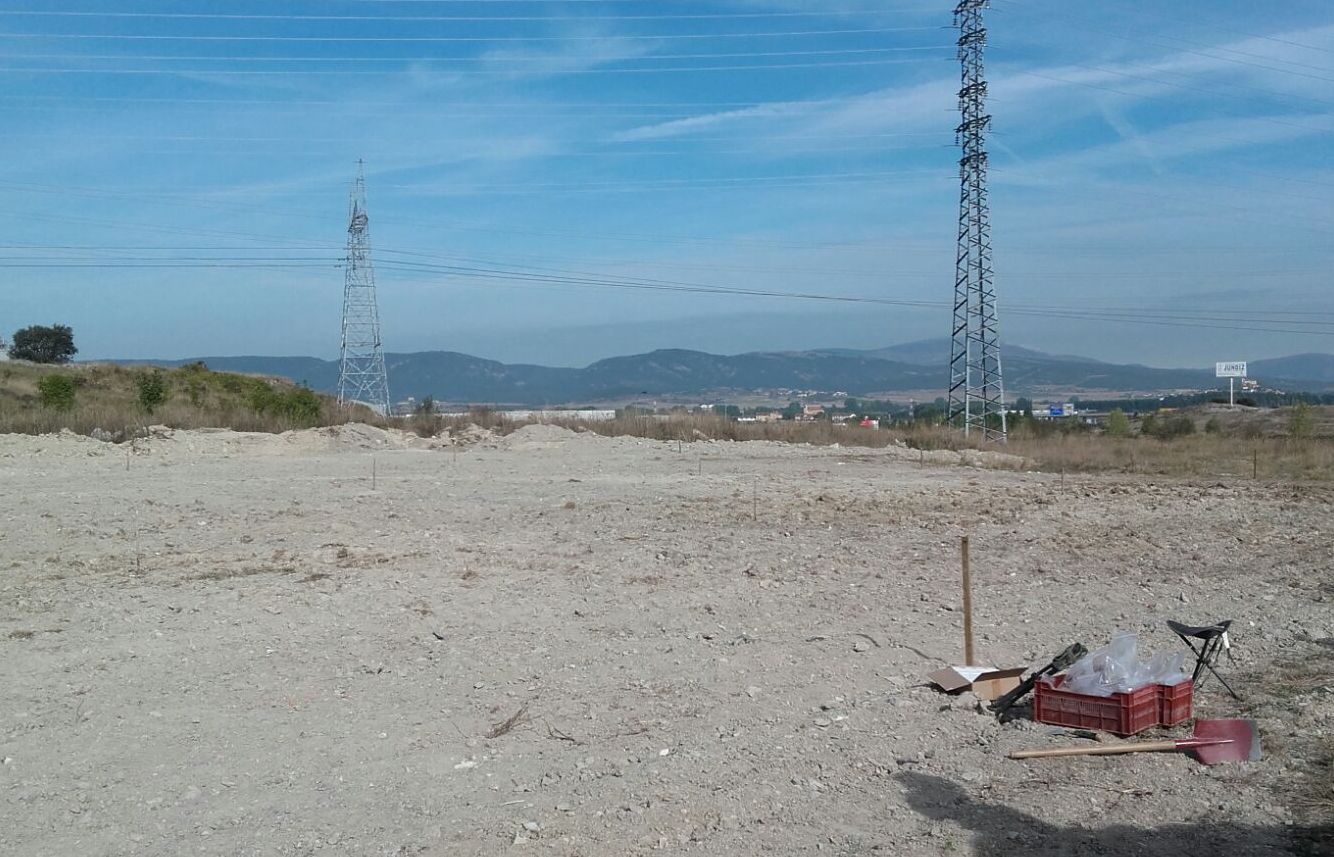Ecophysiological roles of abaxial anthocyanins in a perennial understory herb from temperate deciduous forests
- Autoría:
- Fernández-Marín B, Esteban R, Míguez F, Artetxe U, Castañeda V, Pintó-Marijuan M, Becerril JM, García-Plazaola JI
- Año:
- 2015
- Revista:
- AoB Plants
- Volumen:
- 7:plv042
- Descripción:
-
Abstract
Accumulation of abaxial anthocyanins is an intriguing leaf trait particularly common among deeply-shaded understorey plants of tropical and temperate forests whose ecological significance is still not properly understood. To shed light on it, possible ecophysiological roles of abaxial anthocyanins were tested in the perennial understorey herb of temperate deciduous forests Saxifraga hirsuta, chosen as model species due to the co-existence of green and anthocyanic leaves and the presence of an easily removable lower anthocyanic epidermis. Anthocyanins accumulated during autumn, which temporally matched with overstorey leaf fall. Patterns of development of abaxial anthocyanins and direct measurements of photochemical efficiency under monochromatic lights were not consistent with a photoprotective hypothesis. Enhancement of light capture seemed also unlikely since the backscattering of red light towards the lower mesophyll was negligible. Seed germination was similar under acyanic and anthocyanic leaves. A relevant consequence of abaxial anthocyanins was the dramatic reduction of light transmission through the leaf. Dark environment generated underneath the Saxifraga canopy was enhanced by the horizontal repositioning of leaves, which occurs in parallel to reddening. This might play a role in the biotic interactions by inhibiting vital processes of competitors, which maybe of especial importance in spring before the overstorey leaves sprout.

